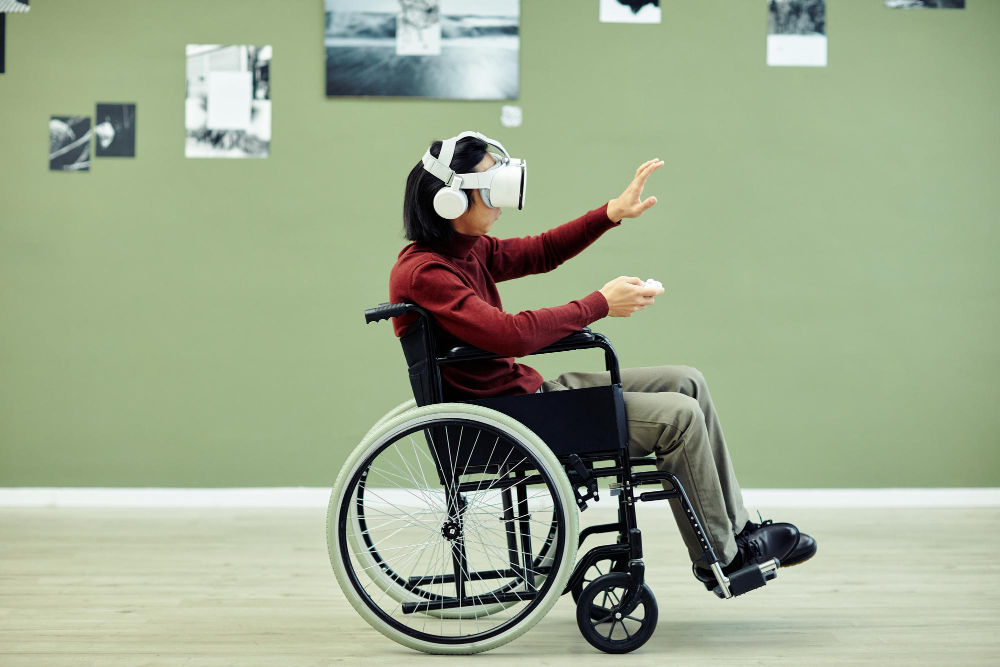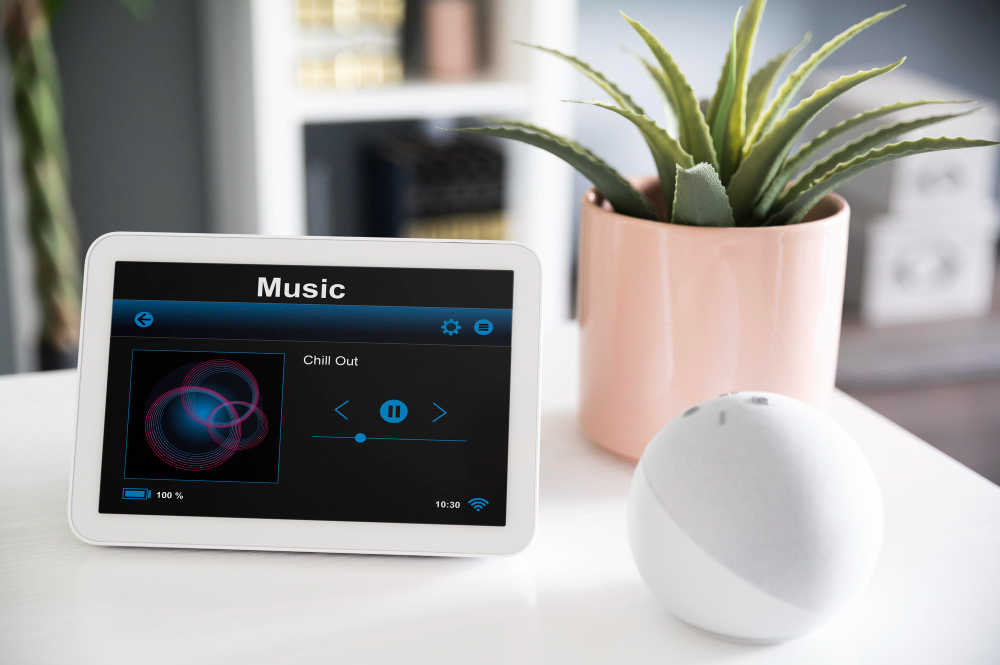
UI/UX design is evolving at breakneck speed! What worked a few years ago might already feel outdated, and designers who want to stay ahead need to adapt. In 2025, success in UI/UX won’t just be about making things look good—you’ll have to design experiences that are intelligent, inclusive, and integrated into people’s lives.
So, what skills will be essential? Whether you’re a freelancer, an in-house designer, or part of an agency team, mastering the right mix of core UX fundamentals, emerging trends, and business acumen will set you apart. Let’s take a look:
Core UI/UX Fundamentals: The Non-Negotiables
Some skills never go out of style. No matter how many new tools or technologies emerge, these fundamentals remain the backbone of great design.
User Research & Data-Driven Design

Good design starts with understanding the user. But in 2025 and ahead, simply guessing what users want won’t cut it. Companies are investing more in data-backed design decisions, leveraging tools like A/B testing, heatmaps, and behavioral analytics.
Take Airbnb, for example. Their redesign wasn’t just about aesthetics—it was informed by deep behavioral research. Every tweak to the interface improved how users found and booked stays. If you’re not already comfortable with user testing, interviews, and data analysis, now’s the time to level up.
Interaction & Microinteraction Design

Small details can make or break the user experience. The way a button subtly pulses when hovered over or how an app gives instant feedback after an action—these microinteractions create a sense of responsiveness and delight.
Duolingo is a master of this. Their fun animations and quick reward loops make learning feel effortless. As attention spans shrink, designers who craft intuitive, rewarding interactions will have an edge. Learning motion design basics in Figma or After Effects can help bring your UI ideas to life.
Accessibility & Inclusive Design

It’s 2025; accessibility is not an option; it’s an expectation. Yet, a staggering 70% of websites still fail basic accessibility tests. Inclusive design isn’t just about compliance; it’s about ensuring that your product works for everyone.
Instagram’s auto-captioning and color contrast adjustments are great examples of how accessibility enhances usability for all. Familiarizing yourself with WCAG standards and tools like Stark or Axe DevTools will make your designs more inclusive and legally compliant.
Emerging & Future-Focused Skills: Stay Ahead of the Curve
The future of design is being shaped by AI, voice interfaces, and new ways of interacting with technology. Designers who embrace these shifts will be in high demand.
AI-Driven Design & Generative UX

AI isn’t here to replace designers, but it is changing how we work. Tools like Galileo AI and Uizard can generate design mockups in seconds, and AI-powered personalization is making interfaces smarter.
Spotify already does this brilliantly—its UI adapts in real-time based on listening habits. Designers who understand AI’s role in UX will be the ones shaping the next wave of digital experiences.
Voice & Multimodal UI Design

We’re moving beyond screens. By 2025, 40% of internet users will rely on voice search or multimodal interfaces. Think about how Google Assistant switches between voice, gestures, and touch—this kind of flexibility is becoming the norm.
For designers working on e-commerce, smart devices, or AI-driven apps, understanding conversational UX and platforms like the Alexa Skills Kit will be a major advantage.
No-Code & Design-to-Development Handoff

The faster a design goes from concept to execution, the better. With tools like Webflow, Framer, and Bravo Studio, designers can now bring their ideas to life without writing a single line of code.
At the same time, efficient collaboration with developers is becoming essential. Figma’s Dev Mode is already making the handoff smoother, reducing endless back-and-forths. If you want to future-proof your workflow, learning no-code platforms and improving your design-to-dev communication will pay off.
Business & Soft Skills: What Separates Great Designers from the Rest
Beyond technical skills, the best designers understand the bigger picture—how their work impacts business goals, user behavior, and cross-functional teams.
UX Writing & Content Strategy

The right words can make a design work, while the wrong ones can break it. Microcopy, error messages, and onboarding flows all influence user actions more than most designers realize.
Dropbox nails this by keeping its onboarding text simple and encouraging, leading to better user retention. If you want to design experiences that feel effortless, learning UX writing and content strategy should be on your radar.
Business Thinking & Product Strategy

Great UI/UX isn’t just about making things look good—it’s about solving business problems. Designers who understand how design impacts revenue, retention, and user growth will have a serious advantage.
Take Airbnb’s booking flow. Every design tweak they make isn’t just about aesthetics; it’s about driving conversions. If you’re eyeing leadership roles or want to work more strategically, learning product management basics can set you apart.
Collaboration & Stakeholder Communication

Design doesn’t happen in a vacuum. Whether you’re working with developers, marketers, or executives, your ability to present ideas, justify decisions, and collaborate is just as important as your technical skills.
Figma’s multiplayer editing has revolutionized teamwork, making it easier to co-design in real time. But beyond tools, learning how to run design critiques, document decisions, and tell compelling stories will make you an indispensable part of any team.
The Future of UI/UX Design

The UI/UX field is more dynamic than ever, and the best designers will be those who keep learning and adapting. Whether it’s mastering data-driven design, embracing AI tools, or understanding the business impact of UX, the key to success is a blend of timeless fundamentals and future-ready skills.
So, where do you start? Pick one skill, dive in, and apply it to your next project. The future of UI/UX belongs to those who stay curious, experiment boldly, and design with purpose.
What’s your next skill to master?



